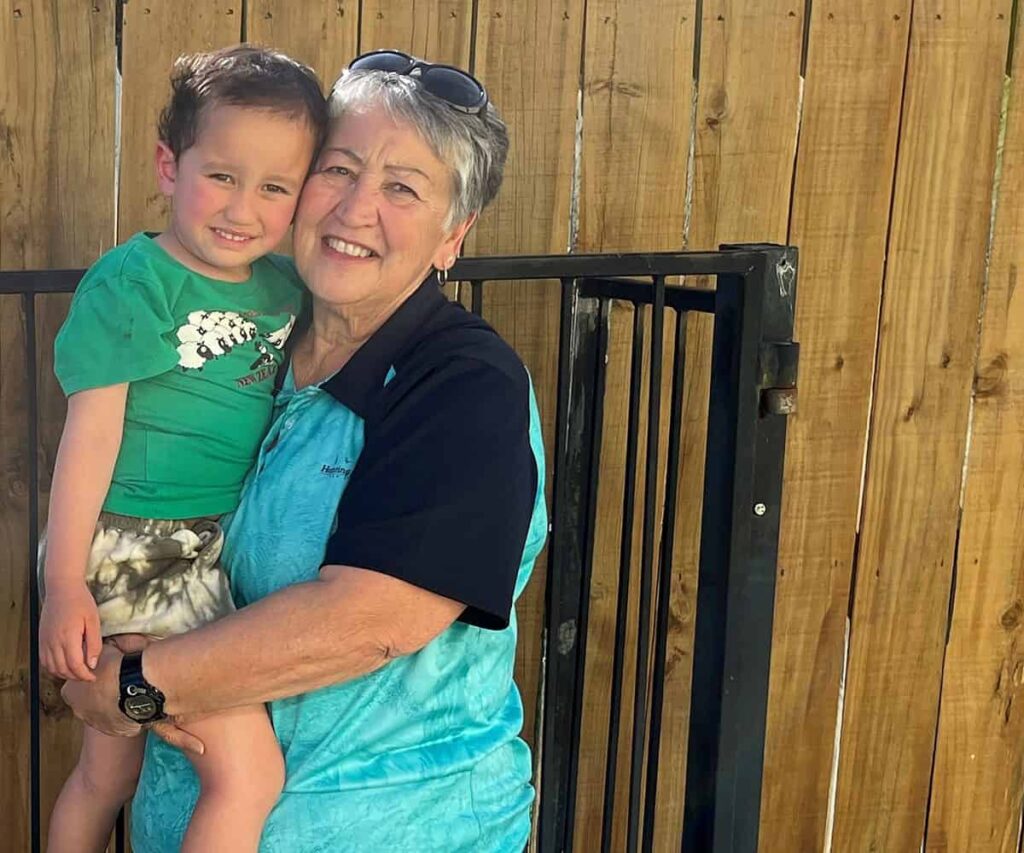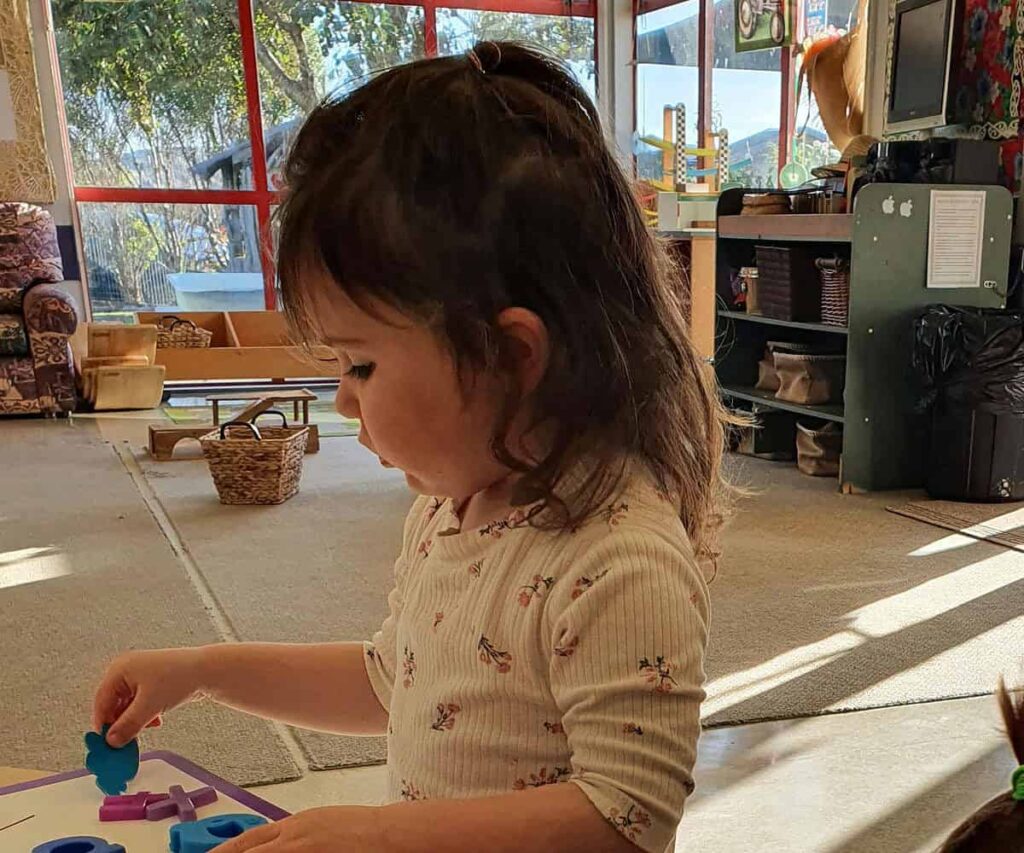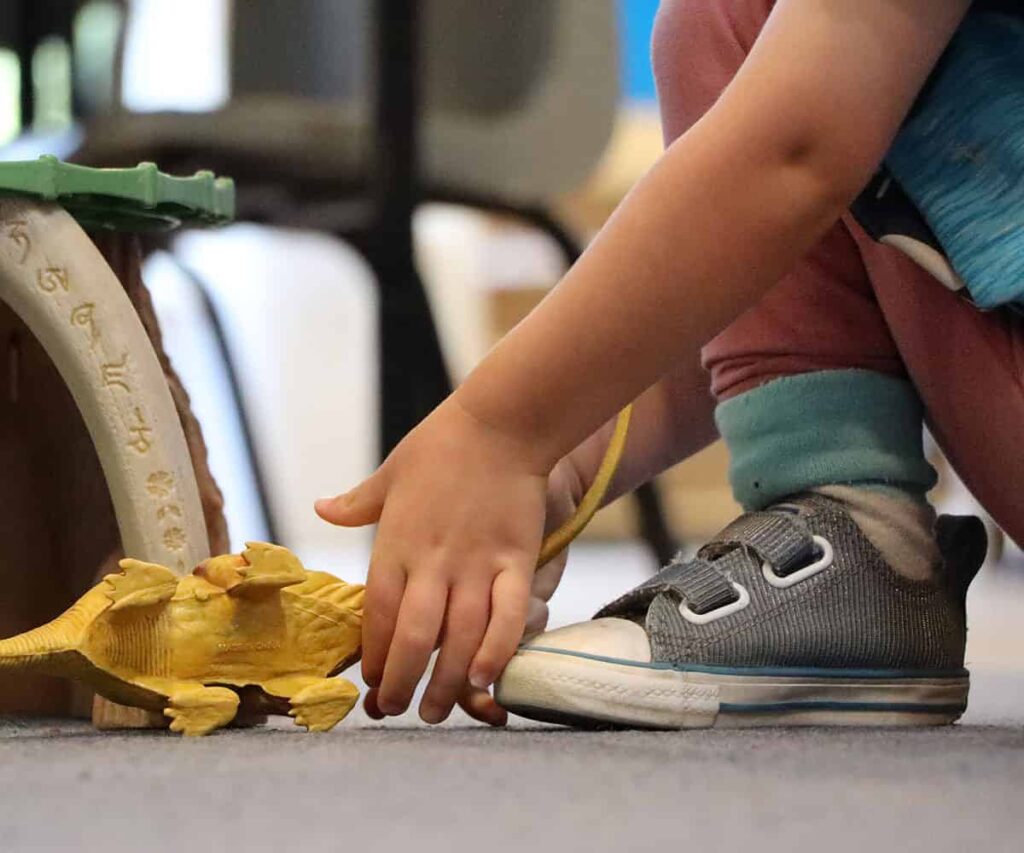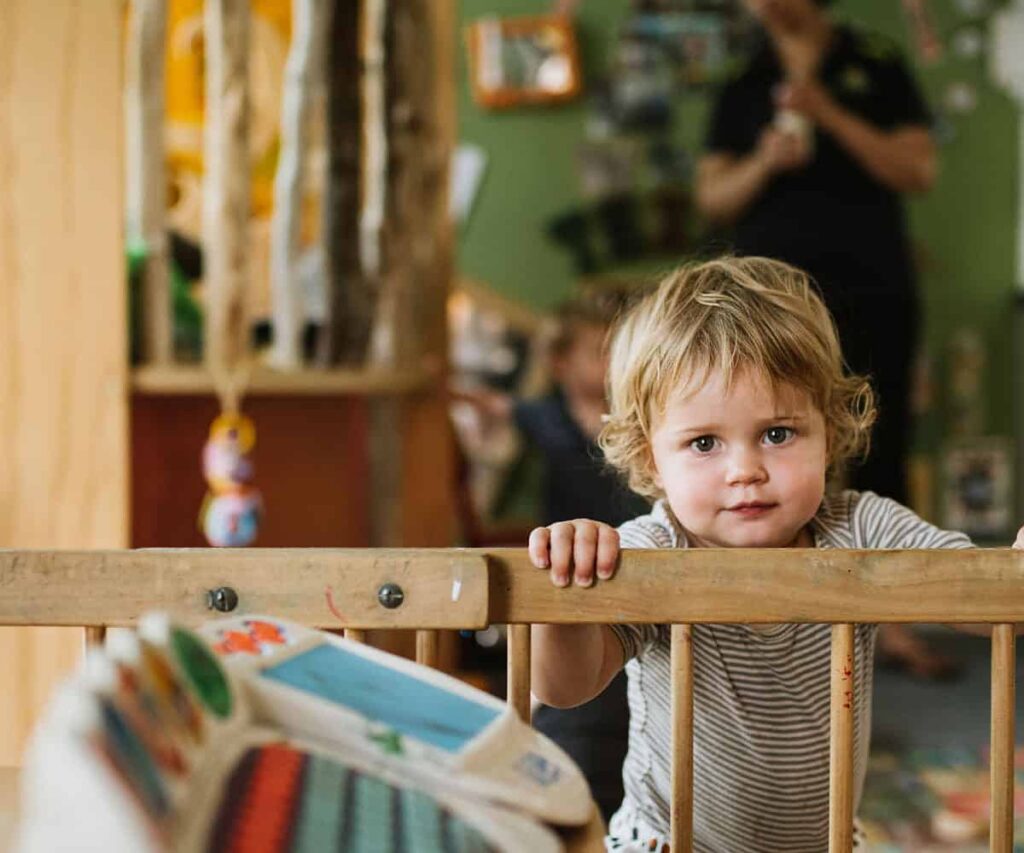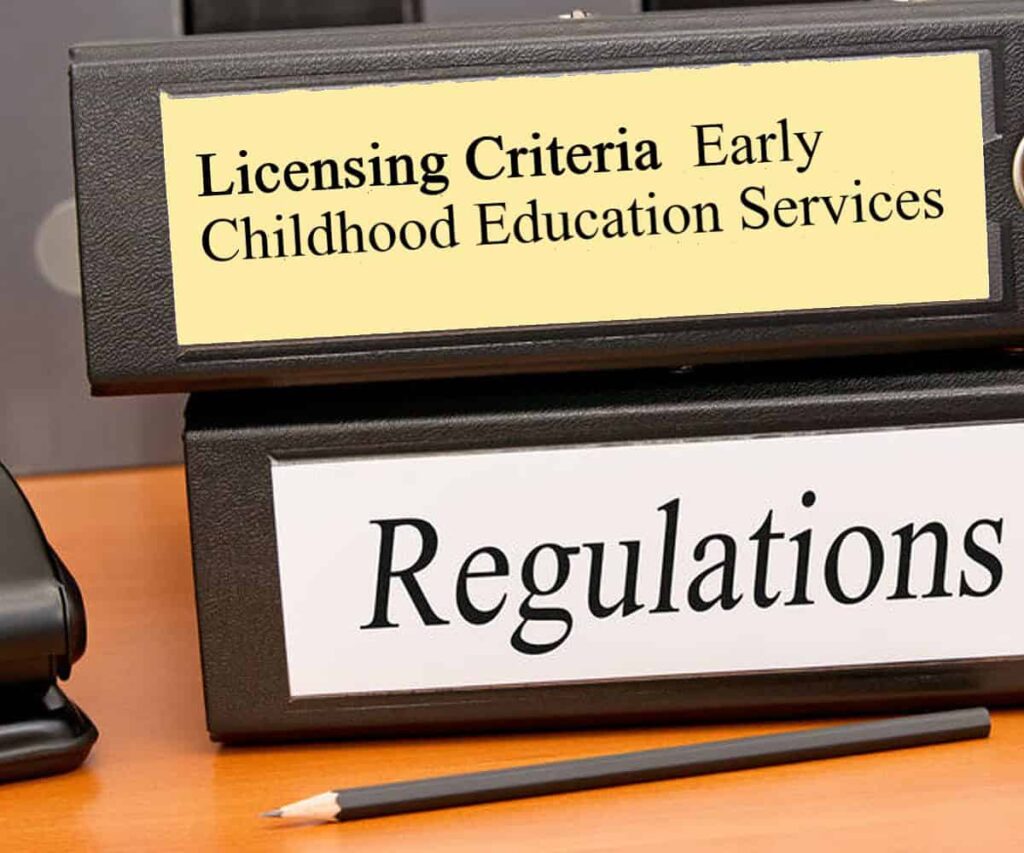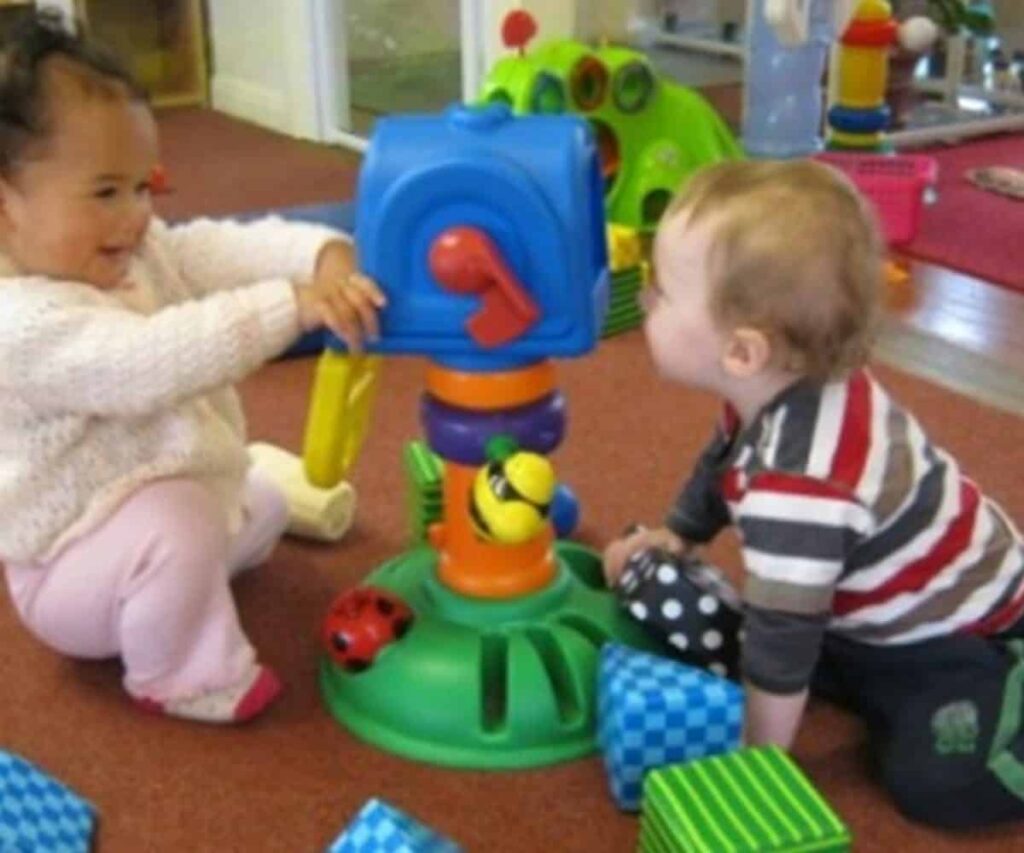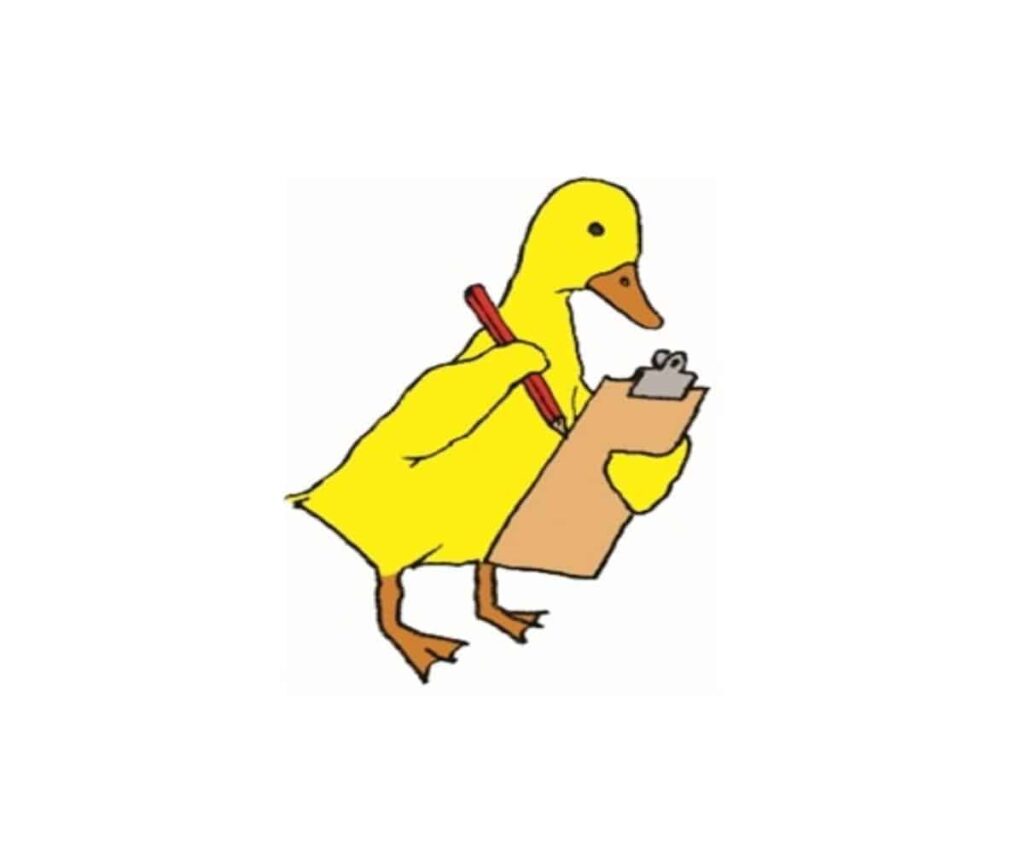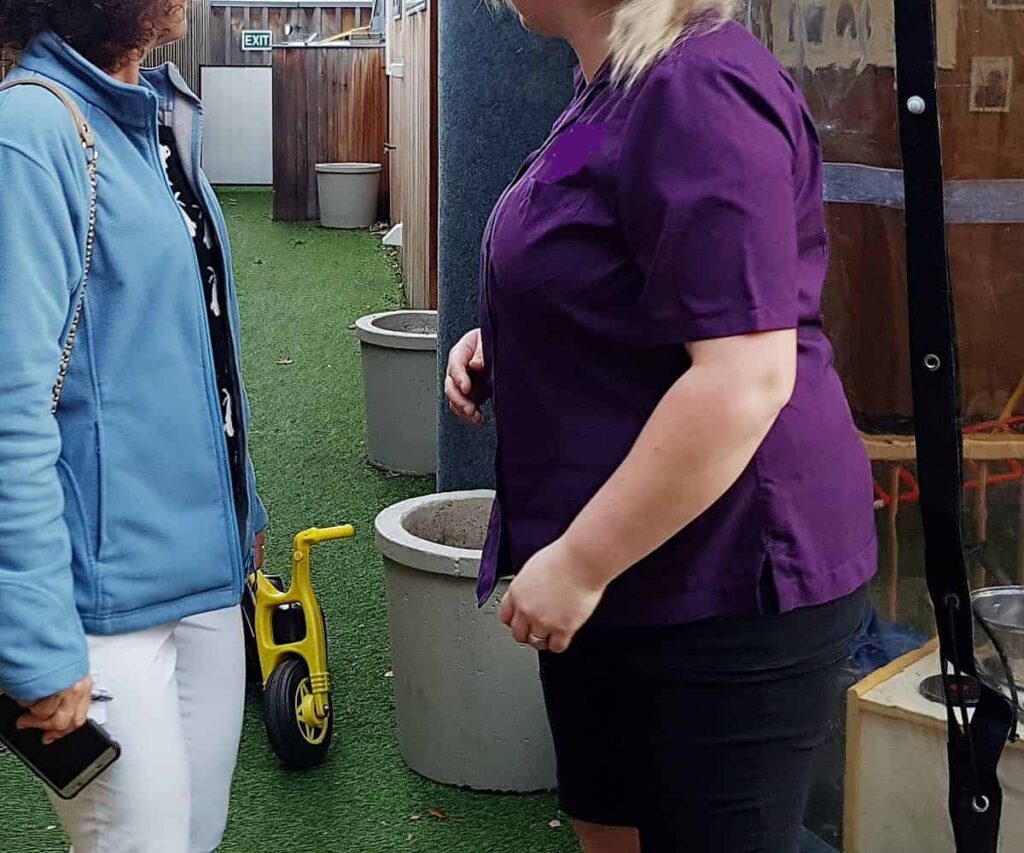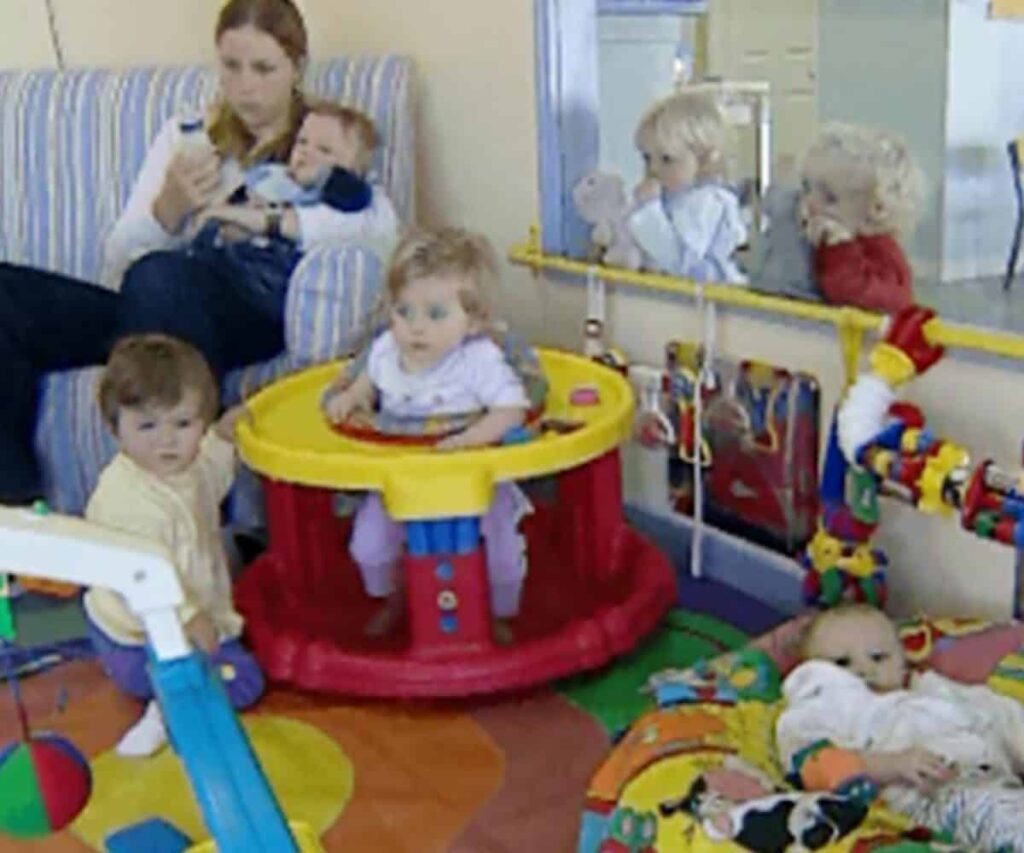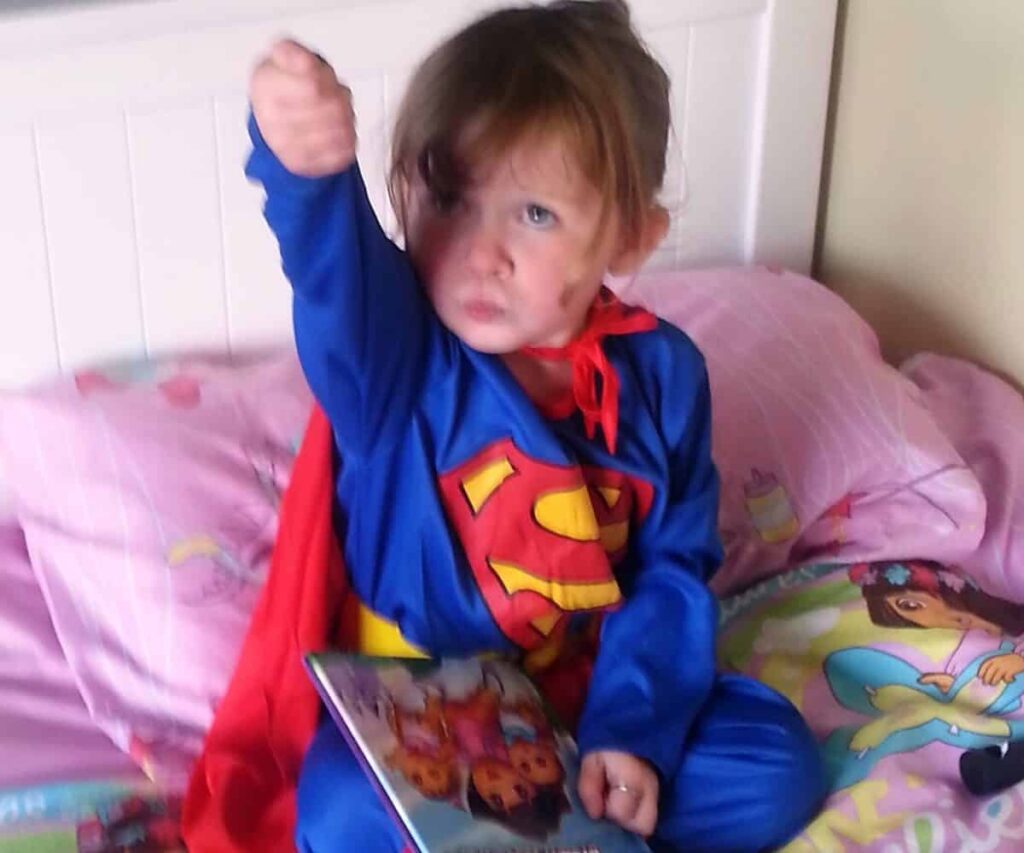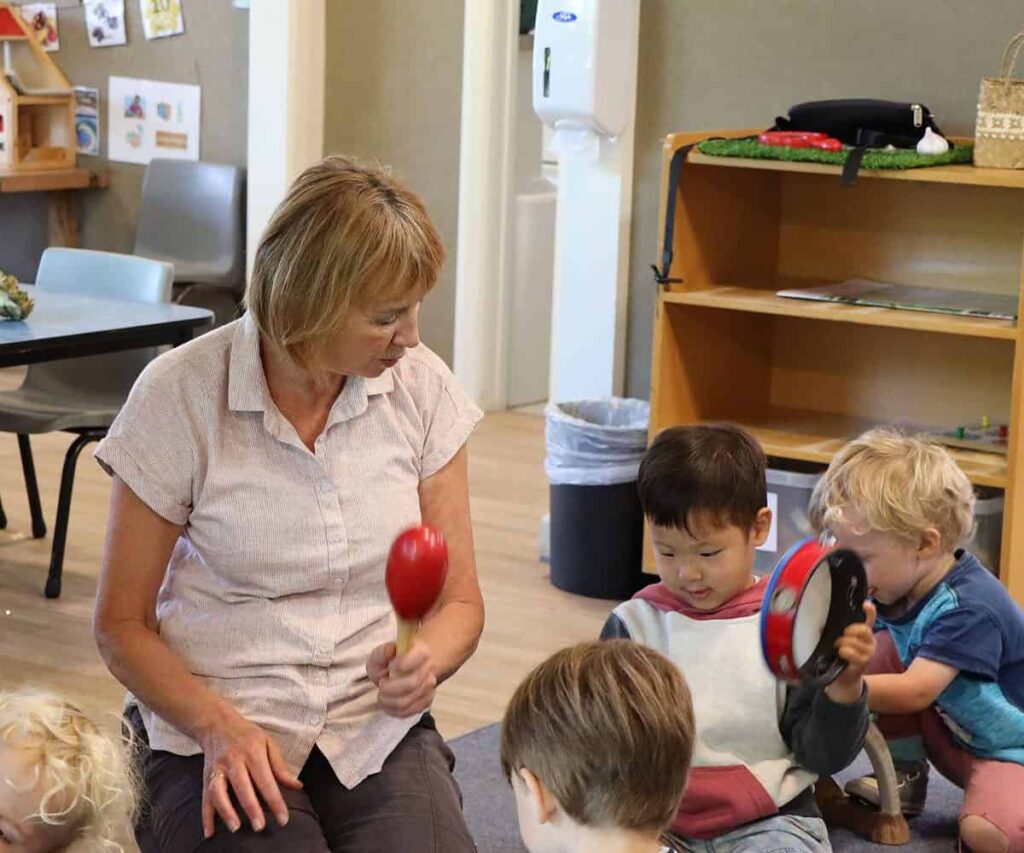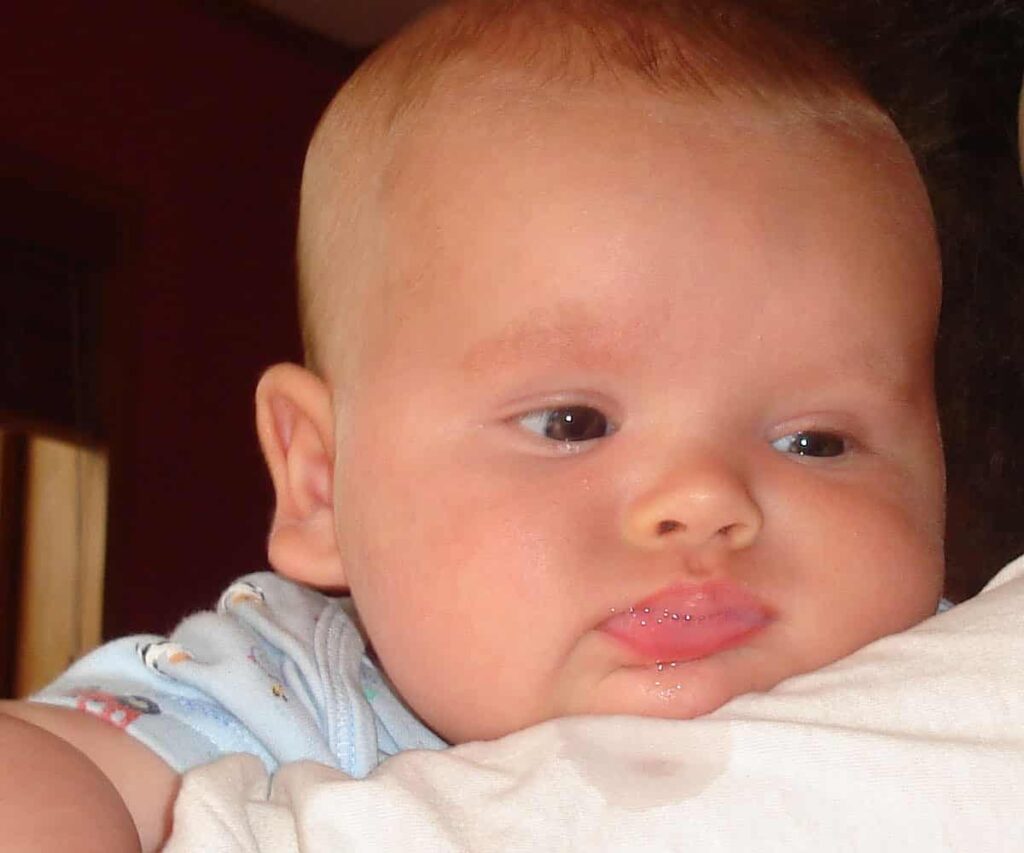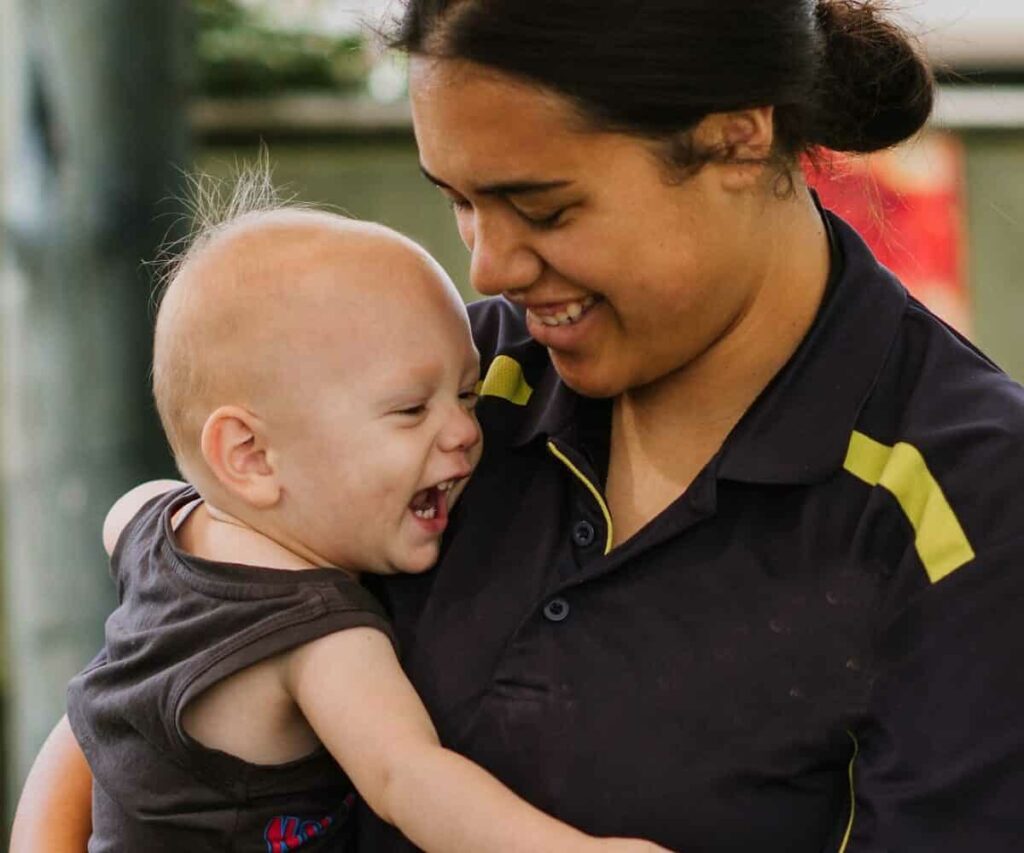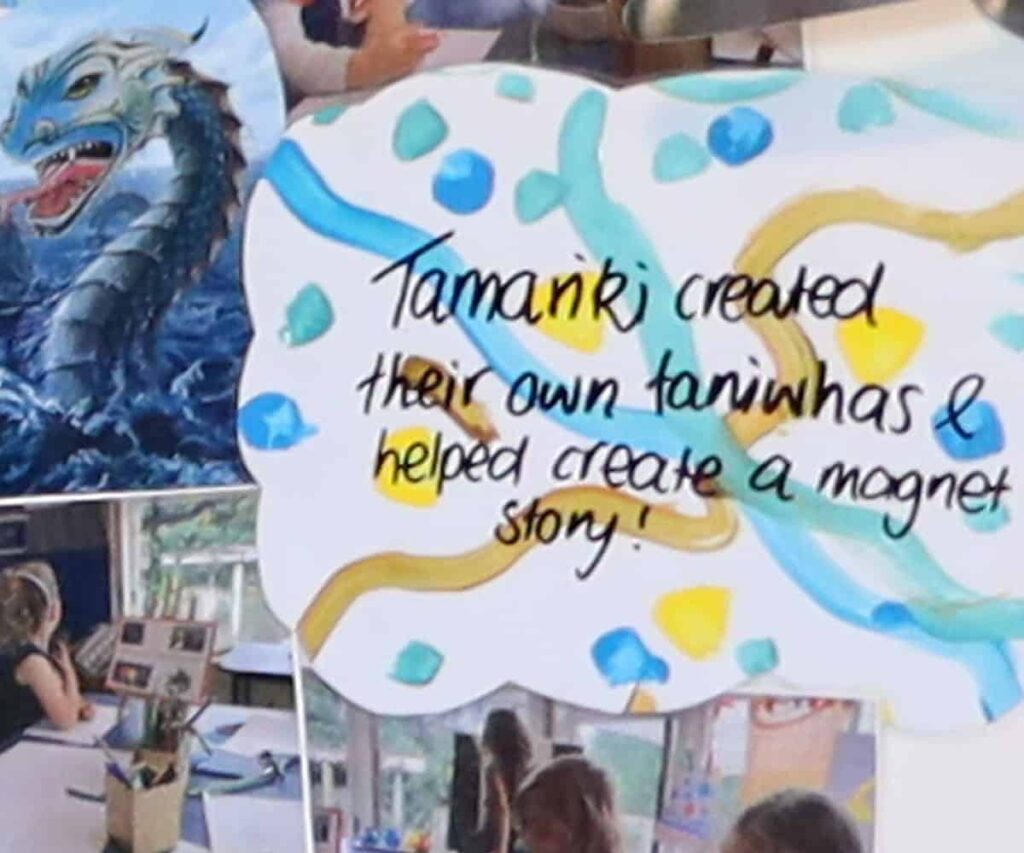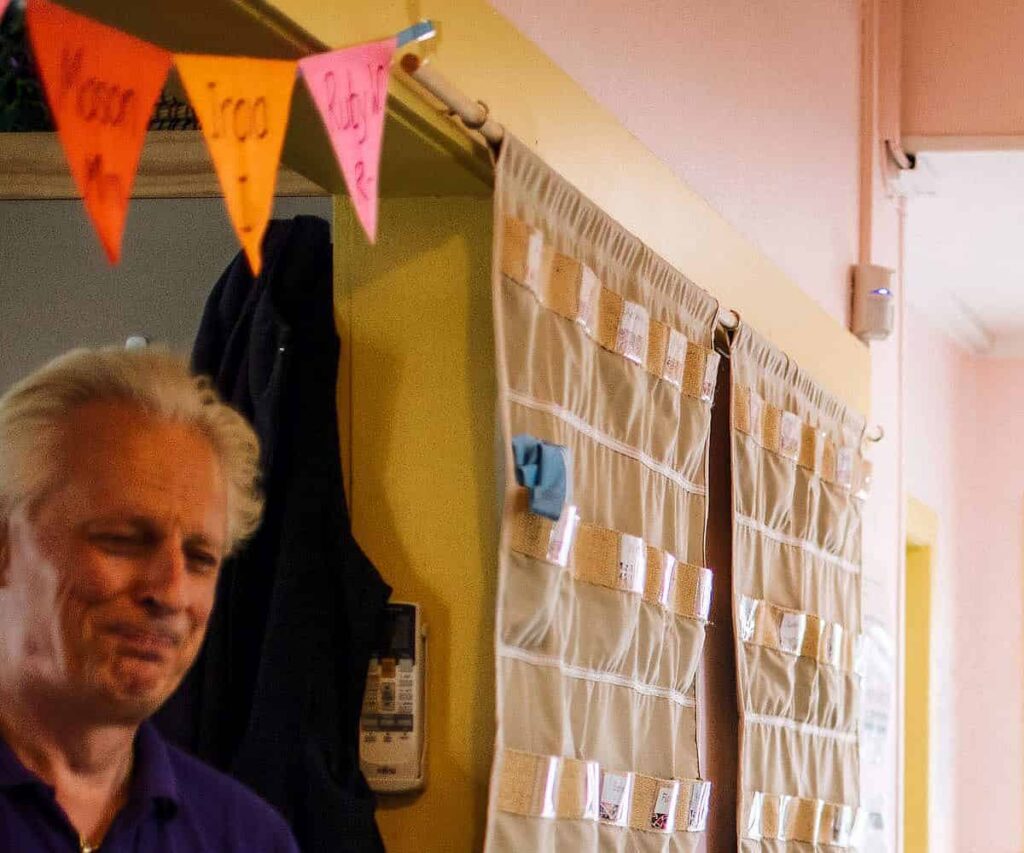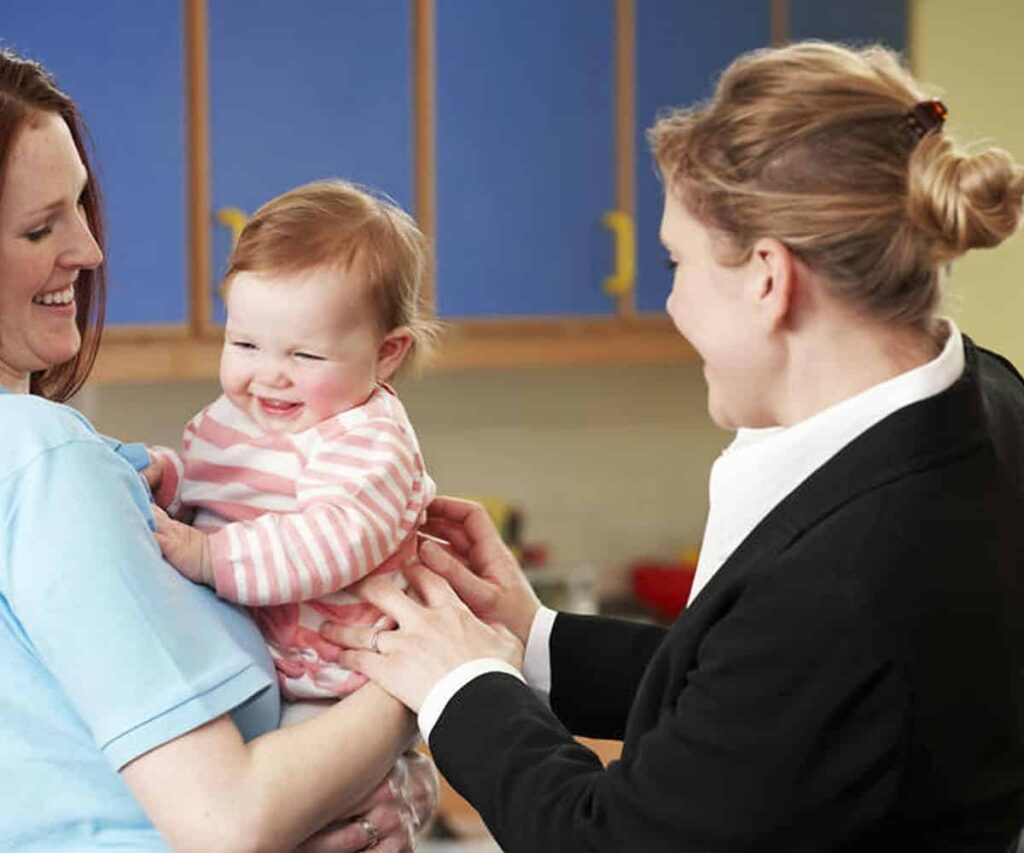Resilience is something that is important to teach to children.
Resilience is the ability for a substance, object, or person to spring back into shape. It also means to recover quickly from difficulties
Why resilience is important
Helps children get through difficult times and thrive after difficult times such as:
- Coping with changes such as starting school, going to hospital, or parent separation/divorce
- Making new friends and occasionally getting hurt by them
- Getting sick
- Learning something new and challenging
- Coping with bullies or being teased
- Showing a skill or performing under pressure
- Coping with the loss of a pet, friend, or family member
Signs your child is developing resilience
A child will reach out to an adult when he/she needs help.
A child will have a positive outlook and be aware of his/her own strengths.
- Responsible and involved
- Can calm themselves and positively manage own feelings
- Ability to resolve own conflict situations
- Can wait, shows patience
- Feels loved and connected
- Doesn’t shy away from challenges or easily give up
- Feels understood and accepted
- Understands that mistakes help with learning
A recipe for resilience
Developing resilience starts early in life and is a continual process throughout life.
A child’s daily experiences make up the ingredients that go into the resilience mix. The quality of resilience depends on the quality of ingredients that parents and teachers provide.
Here’s the not-so-secret recipe…
Two cups of relationships
- Unconditional love and trust with at least one parent/ guardian
- Supportive web of relationships with adults, teachers and peers
Combine with an inclusive environment
- The child makes valued contributions which are acknowledged, e.g. praising for helping with cooking and cleaning, choosing weekend activities, etc.
Large handfuls of positive attention, praise and encouragement
- “You’re building such a high block tower”.
- “You’re so good at putting on your own shoes”.
- “That is so kind of you to swap toys”.
- “You’re waiting really nicely”.
- “Well done, I like how you keep trying”.
Litres of appropriate support and time to learn
- Social skills, e.g. “I liked how you found something else to do when your friend was shouting silly things”. “You could ask her for a turn with it when she is finished”.
- Conflict, e.g. “You guys need to sort it out yourselves and play nicely or perhaps you can’t play together”, instead of resolving the conflict for them. “Do you want me to help you find the words to tell him why you are angry with him”?
- Empathy, e.g. “What happened? You fell off? Where does it hurt? Ouch you hurt your hand. If you rub it does it feel better? Feel better if I rub it?” Rather than just “get up come on you’ll be ok harden up”.
- Problem solving, figuring out strategies that work and won’t work, e.g. “It’s ok, let’s not hurry, what if we tried it this way, no that didn’t work, what’s another way we could try”? “How will you stop your block tower from falling over”?
- Feelings, “Sometimes I feel angry too and I have to check my behaviour is ok and that I don’t shout or hurt anyone”. “Feeling sad is ok, we all feel sad sometimes… what is making you feel sad”?
Scoops of choices and appropriate consequences for undesirable behaviour
- “We can have some chocolate later but now would you like an apple or banana”?
- “We can watch TV later but now would you like to help me vacuum the house… or play by yourself”?
- “If you can’t play nicely together and work things out then one of you will play inside and the other outside”.
- “Hitting is not ok so we have to leave the playground now. I know you want to stay but you hurt your friend. We can come back after lunch if you will play nicely”.
Chunks of role modelling
Children should see adults role modelling patience, calm, persistence and humour when fixing the cupboard door handle, looking for the TV remote, doing housework, organising household budget with partner, etc.
Tip: If around children avoid doing anything too frustrating that might make you too angry. Instead do simple daily tasks and put on an act, e.g., when screwing on a cupboard handle pretend to have trouble using the screwdriver, pretend to get a little frustrated, think about it, try again, think some more, have a joke and laugh about it, then discover you’re using the wrong kind of screwdriver… and so on until the task is finished. Parents and teachers might even find that this ‘acting’ results in them strengthening their own resilience.
What not to do as a parent or teacher
Adversity and problems are good as they offer learning opportunities to grow resilience and better equip children to deal with life.
However, adversity by itself is not ‘character building’. If the quality ingredients to make resilience are missing, then children (and adults) facing adversity will suffer negative outcomes.
When you are supporting children to grow resilience try to avoid the two extremes:
Too hard
- Ignoring or belittling their situation.
- Believing adversity itself is ‘character building’. Telling someone to “get over it” or “harden up”. E.g., Always insisting a child puts own shoes on.
Too soft
- Always solving someone’s problems for them.
- Avoiding a child getting bored or disappointed. (For example, Always putting on child’s shoes).
Instead, sometimes help with putting on shoes is a loving care moment.
Author: Warwick Marshall. Article was first published in 2015 by My ECE.
Some feedback
Rachel
I really like all this advice & guidance; I hope to see a lot of adults using these strategies to build & reinforce resilience in our youngest citizens. I believe adults should show their true emotions with children. When we are honest about difficulty children learn that not everything works the first time, we’re not always right, we make mistakes, it’s okay, it’s all part of learning. As is said education is ‘lifelong learning’.
Sharon
Thanks for sharing a great article. I wonder if courses in communication at secondary level showing the meaning behind different communication styles, responses and reactions to those responses would be great in our English curriculum too. Just a thought. Best regards, Sharon
